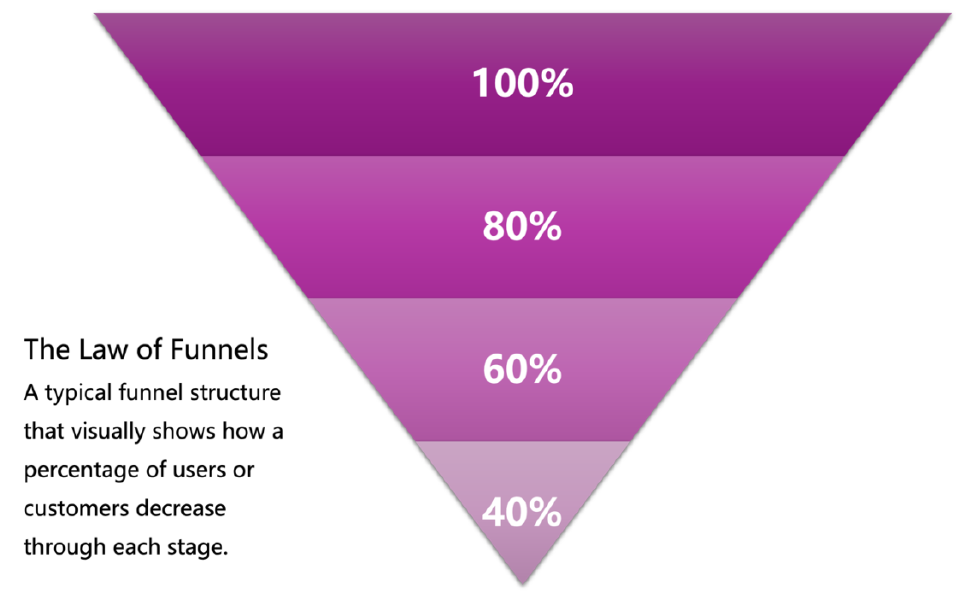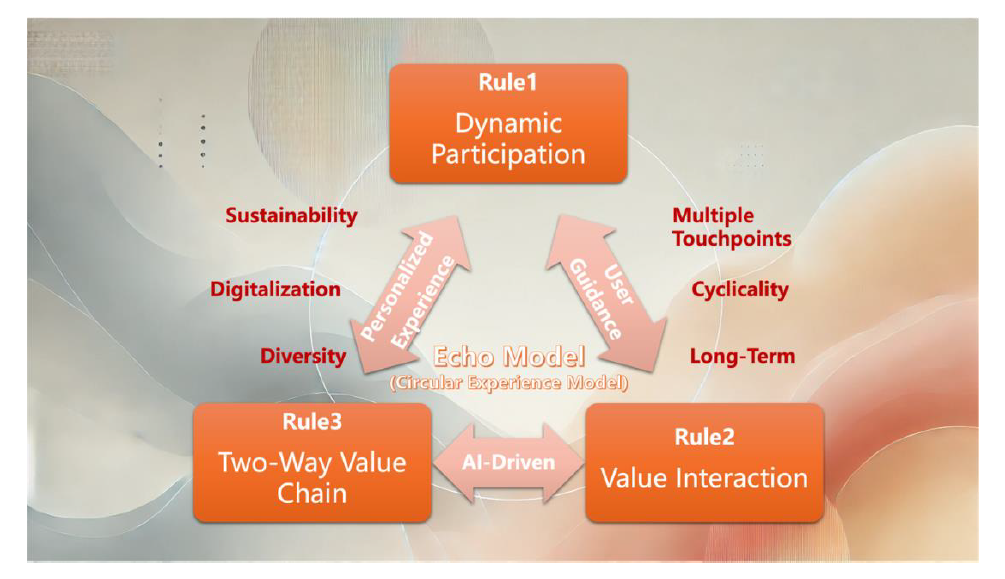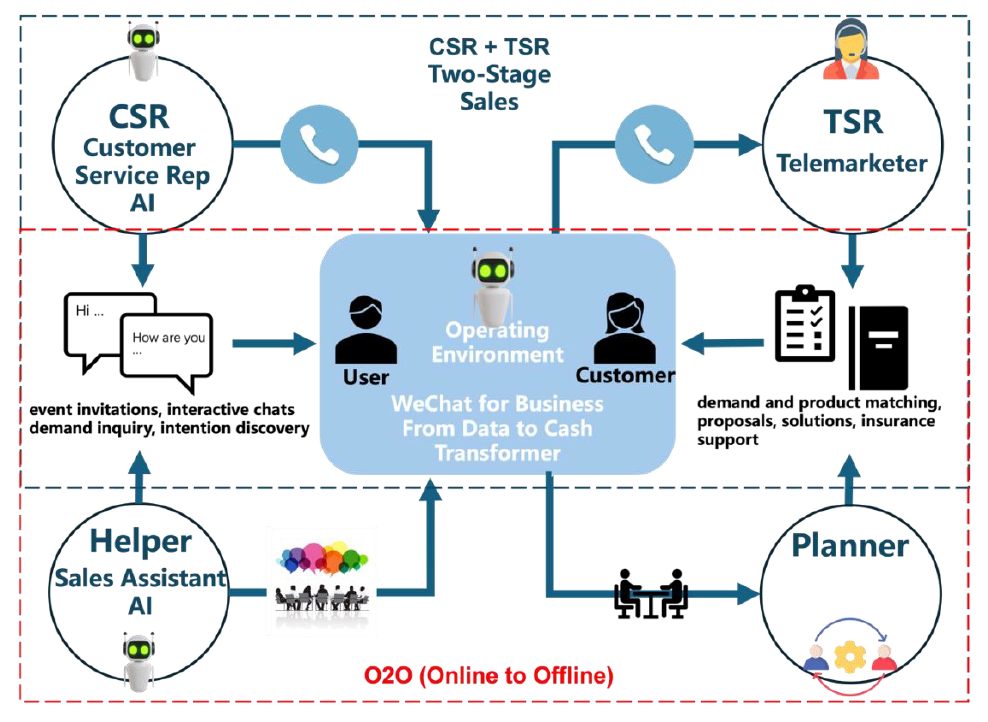In 2023 and 2024, middle managers accounted for approximately one-third of all job cuts. Now, their one-time peers are feeling new pressure. They have staff looking to them for guidance on tasks and job functions these leaders aren't familiar with. They have senior leaders looking for progress on initiatives that only a few weeks or months ago weren't theirs to manage.
Meanwhile, these middle managers are stretched so thin that even the work they typically excel at is starting to dip in quality, productivity or both. The middle managers remaining in their roles after early retirements, layoffs and greener grass feel guilty and ill-equipped to take on the challenge.
We don't have to stay in this state of frustration and feeling overwhelmed. There are ways to empower, prioritize and regain confidence for both the manager affected and their senior leadership.
For Senior Leaders
As senior leaders guiding departments and entire companies through these changes, your top initiatives become listening, empowering and prioritizing to support your directors and managers and see success long term.
Listen early, often and with your eyes
Listening is a critical skill for leaders. As senior leaders, we're tempted to think of ourselves and your managers listening to individuals. We sometimes forget to listen to the leaders reporting to us. Your managers need your support on a personal and professional level. In many instances, they have lost friends and confidants. You can't replace their workplace bestie, but you can empathize with the impact of this loss. Recognize, too, that after seeing valued colleagues be laid off or important roles getting absorbed, they may have a harder time coming to you with concerns.
Let's look at an example.
One chief operating officer took a traditional approach after layoffs removed her second in command. She immediately went tactical, redistributing duties. Almost instantly, important metrics, like customer response time, began to falter. When she took a step back and listened, she realized she'd gone too fast. Back from one listening session, she shared she could see the fear on her management team's faces. Worried about making a mistake on a newly assigned task, they neglected the basics. Once she started listening fully, she met them where they were. Then she could speak to their specific concerns and work with them, leveraging what each brought to the table.
Recognize their expertise
Supporting your middle management layer does not mean micromanaging them. Often, in times of constricting budgets and personnel change, senior leaders take on an authoritative approach as they reallocate resources. Stop trying to regain control and lean into what makes your leaders great. Encourage them to get creative and use their strengths. You'll ease their strain while building their confidence as the experts they are. Your job is to set the direction; theirs is to organize the troops to get there. Remind them how much you trust them to do that work well.
In our efforts to regain control, we often get this wrong. One underwriting director was asked to take on the responsibility for a full support team while maintaining her existing department. Her boss offered to have her underwriting supervisors report to him while she learned the ins and outs of the new support team. She felt as though she was being demoted from director of underwriting to support supervisor and, with the recent cuts, was terrified to push back.
Prioritize the workload
As you and your reduced leadership team acclimate to your new normal, your standards must adapt. You can't immediately see the same progress with reduced resources. In time, your leaders will improve new skills, and their employees will become more efficient, just like all the projections showed when the organization decided to reduce staff. However, it doesn't happen overnight. So, you must be incredibly clear on what the priorities are so you can truly prioritize what needs to be done. This creates focus, results and renewed hope for what the collective team can do. Missing the need for clear priorities will cause frustration, confusion and missed goals on multiple sides.
What happens when you miss
One client had to reduce her supervisory team by 50% in 2024. She spent exactly one moment holding on to the fear of what that would mean going forward and moved into action almost immediately. She had the decisions made and logistics locked down within the first week. Then, we spent our coaching sessions focused on communication, change management and the culture of the team. She was focused on her biggest priorities, making sure her team was supported so they could carry out their work.
Her boss, however, had new goals he wanted to see progress on. He checked status on these ideas and metrics weekly. In one of our sessions, she shared that she felt micromanaged in the areas she had a proven track record of leading but didn't feel heard or supported in all the one-off projects he assigned. She was now feeling disconnected from her boss, strained with the added workload and fearful for the impact on the team members remaining with the company. Her confidence and progress started to slow because her focus was spread so thin. The following recommendations were those I gave to her to help her right the ship.
Relieve your own pressure
You have the ability to shape your new reality and make a way for yourself as a leader in the future of the organization.
Bring solutions, with a strategy
As an effective middle manager, you are still with the organization for a reason. The fear, frustration and feelings of being overwhelmed are temporary signs that you're growing and adapting. Every problem you encounter is an opportunity for you to expand. The most common issue that you'll run into right off the bat is some version of, how do we do more with less? That could be, how do we serve more customers with less staff? How do we get more efficient with fewer vendors? Many middle managers in this situation will come with complaints or legitimate reasons it won't work. A great leader comes with a clear view of the problem and a prioritized solution.
Align the values
Leading means seeing the forest and the trees. It will take some effort in this environment, but, when you're able, try to see the benefit to the organization from the changes. I don't say this to have you force a toxic positivity mindset but to consider a different lens. What is good for the organization can be good for you, too, when you take an active approach. The biggest growth and success is born in difficult situations. When oysters get a toxin inside of them, they don't remove it. We don't have oysters spitting grains of sand back in the ocean. Instead, they get to work. The oyster takes the irritant and molds it into something beautiful, something valuable, a pearl. You can do that, too, when you understand the value to the organization and align it with what you value.
Take a page from leadership experience
Prior to a latest wave of layoffs, the department I worked in went through its own reduction in staff. Some teams were realigned, some new leaders were brought in and some tenured middle managers remained on the team. With so much churn, we needed clean compliance processes to replace the tribal knowledge that was once relied on. Everyone had an opinion on how things should work. Each person had their own goals and lenses they were looking through.
I could have sat on the sidelines because it was a difficult time. I could have been distracted by office politics and aligning with the right people. Instead, I chose to focus on finding the best solution for the problem that would benefit the organization and their goals. I strategically came up with three. I explained the risks and benefits of each option, but I sold my vice president on the one I wanted to move forward with and why. Following the 1-3-1 model in decision making showcased that I had thought through the issue logically. Taking the lead meant I could position myself as someone who made things happen and fixed problems. Even in a difficult situation, I could regain control, focus on solutions and grow despite adversity by aligning the values.
You have more influence than you think, at any level of leadership. Reduce the pressure and make yourself recession-proof by building the skills and mindset you need to persevere in every situation.
























